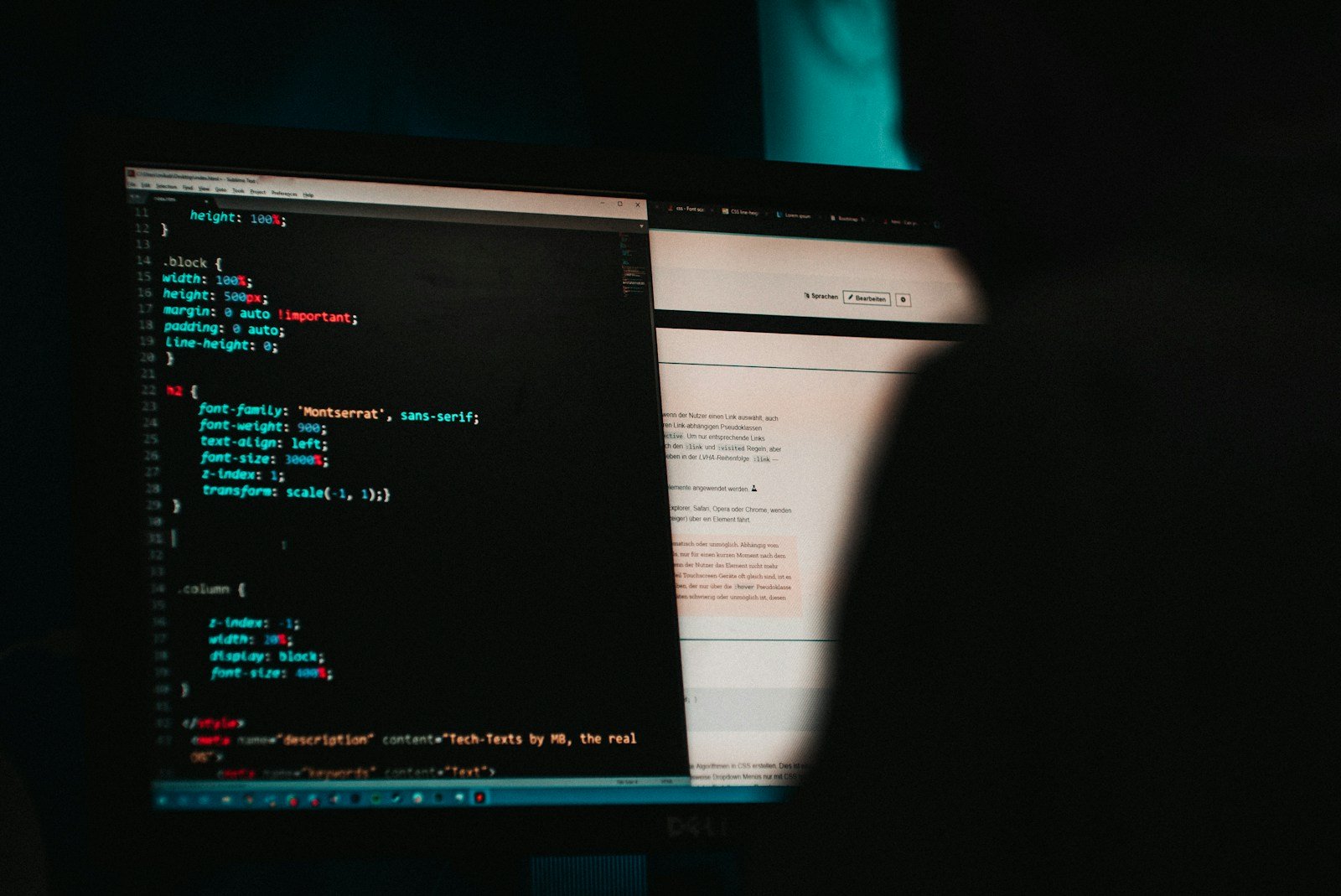Reasons Behind SIEM Rule Failures and Solutions: Lessons Learned from 160 Million Attack Simulations
Security Information and Event Management (SIEM) systems serve as essential tools for detecting suspicious activities within enterprise networks, enabling organisations to identify and respond to potential attacks in real time. However, the recent Picus Blue Report 2025, which analysed over 160 million real-world attack simulations, revealed a concerning statistic: organisations are only detecting 1 out of 7 simulated attacks. This highlights a significant gap in threat detection and response capabilities. Despite many organisations believing they are adequately equipped to detect adversary actions, a substantial number of threats are evading their defences, leaving networks vulnerable to compromise. This detection gap fosters a false sense of security, as attackers may have already infiltrated sensitive systems, escalated their privileges, or are actively exfiltrating valuable data.
The Blue Report 2025 identifies several core issues affecting SIEM rule effectiveness, with log collection failures being a primary concern. SIEM rules function similarly to security guards, monitoring incoming and outgoing traffic for suspicious behaviour based on predefined patterns. For these rules to operate effectively, they require reliable and comprehensive log data. The report found that 50% of detection rule failures in 2025 were linked to persistent log collection issues. When logs are not captured accurately, critical events may be missed, resulting in a dangerous lack of alerts and a false sense of security. Common log collection problems include missed log sources, misconfigured log agents, and incorrect log settings, all of which significantly hinder a SIEM’s ability to detect malicious activities. Even when logs are collected properly, misconfigured detection rules can lead to silent failures, with 13% of rule failures attributed to configuration issues, such as incorrect thresholds and poorly defined reference sets.








